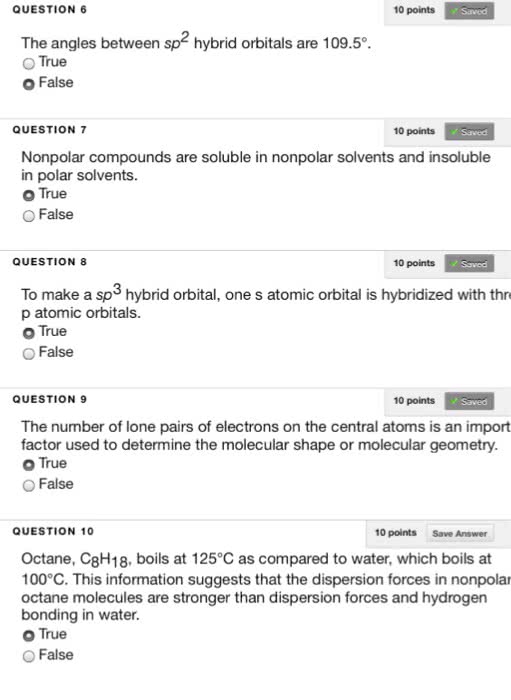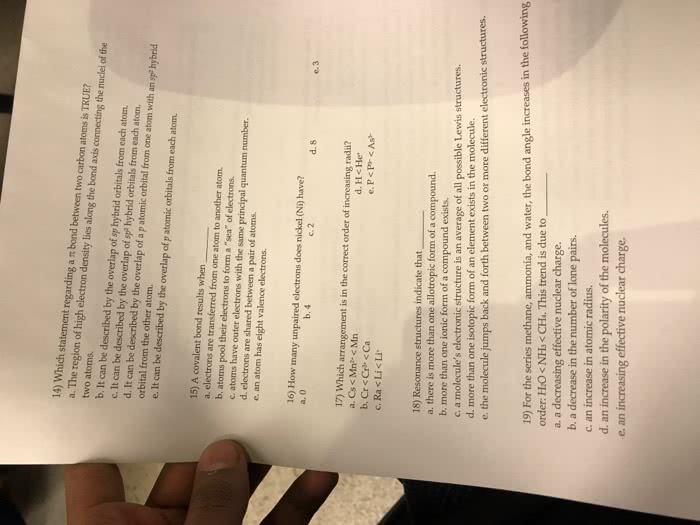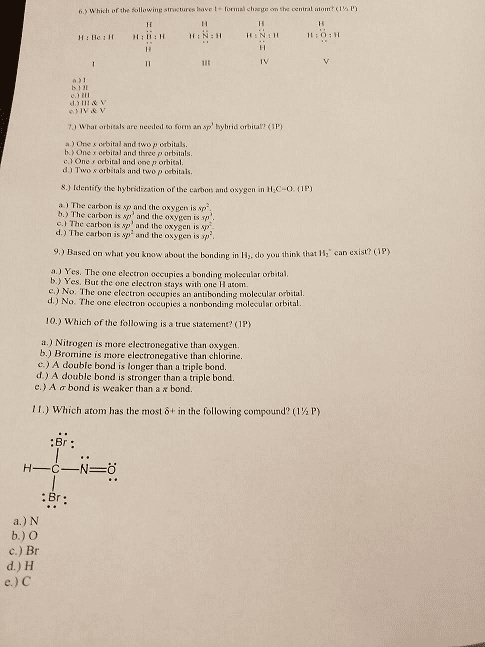CHM 11500 Lecture Notes - Lecture 18: Valence Bond Theory, Beryllium, Electron Configuration

27
CHM 11500 Full Course Notes
Verified Note
27 documents
Document Summary
Chm 115 - lecture 18 - valence bond theory and hybridization. When forming bonds, atomic orbitals will rearrange and re-form to create hybrid orbitals that bond more easily. These new orbitals are called hybrid orbitals, and they are the result of a combination of s and p orbitals. Hybrid orbitals can be taken up by lone pairs of electrons or bonding pairs sp hybrid orbitals. Sp hybrid orbitals are the result of a combination of one s orbital and one p orbital. The combination of one s orbital and one p orbital creates two sp orbitals sp2 hybrid orbitals. Sp2 hybrid orbitals are the result of the combination of one s orbital and two p orbitals. Rearrangement of electrons in boron to form sp2 orbitals. The combination of one s orbital and two p orbitals results in 3 sp2 orbitals. Boron sp2 hybrid orbitals bonded to fluorine p orbitals: sp3 hybrid orbitals.




